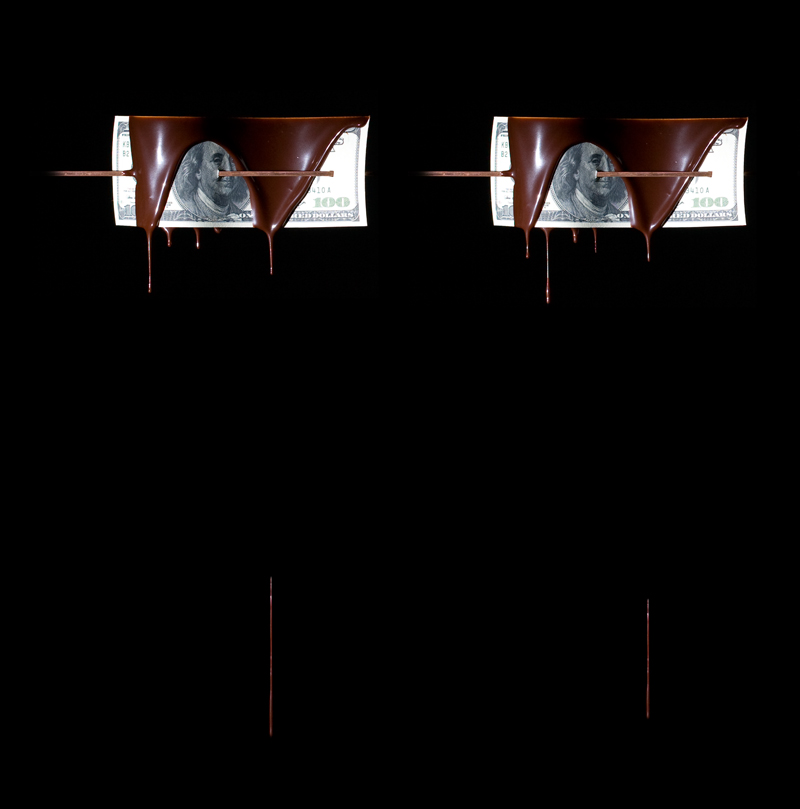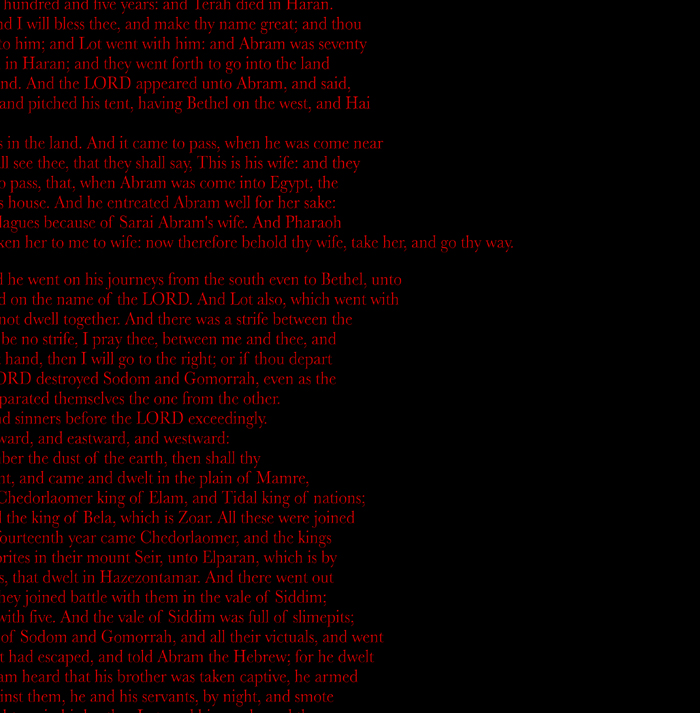Modern Times 1.
Modern Times 2.
Modern Times 3. gloomy rhythms
Modern Times 4. jingle jingle
Dot + Dots.
Sadism.
A hole.
A better place to kiss you.
Photoraphic Look 1 - a construction.
Photoraphic Look 2 - a sign.
Leaks
Our lives are full of things that are difficult to express through words. Those things are often replaced by poetry, music, and images. Approaching the modern period, images employed as potential language focus on the emotions expressed and connoted through scenes, rather than from believing in accurate denotations from it. For Hyun Hong, photography is a process in which one finds and recognizes the essence of being. He reestablishes the relationship between the subject and the current moment through continuous observation and reflection. <Modern Times 3>, different from <Modern Times 1, 2>, that attempts to involve heavy symbolism implying reality in a single photograph - with the subtitle of ‘ Gloomy Rhythm’.
The images captured by Hyun Hong are the reality itself. He considers artificially manufactured products as objects that reflect modernity and chooses them as his main object of expression. Objects in his photographs appear as symbols delivering the artist’s ideas and feelings and thus, new meanings are generated in front of an object’s presence. Hong deconstructs his photographs and transforms objects into autonomous images. As he repetitively rearranges them in a dark and unfamiliar space he allows us to experience reality in prismatic ways. That is, it is a completely abstract language beyond material that the object consists of. It is interesting that his photographs raise questions to viewers while they simultaneously deliver the concrete identifiable image. Furthermore, the work’s title which consists of nouns relevant to the object’s form sheds light on the content of the object while it shows the artist’s own sensibility, who pursues simplicity.

image cropped.
His fragmentary image originates from the simplicity of form and the dramatic contrasts between light and shadow. Monotone colors and dramatic contrast of light and shadow, representative of modern pictures, present a cold urban image. Darkness from thickly painted black paint without details seems refreshing rather than stifling. Through the unrealistic background that looks like a stage, where a light goes out, images of objects float on the surface and stare out at us silently. What viewers can feel in the image are the melancholic impressions of monotonous repetition rather than the function and form of object. If white means that an object can be seen, then the strong black represents the appearance of an inner view that cannot be identified through visual perception. Black, contains thoughts like a marginal space, and serves to render his images more like abstractions. In <Modern Times 3>, his own Gloomy rhythm that can only be captured with the medium of photography, symbolizes the features of our times.
As if it is a verse from a poem, the artist goes through the process of deep thought and hard work in order to give a single photograph its decisive completeness. However, the artist doesn’t try to explain the results. He knows that giving an explanation can result in unnecessary commentary, therefore he chooses to leave an incomplete reality. The artist presupposes that the unambiguous consensus of communication is difficult to be found in the boundaries of an image. The weight of a single photograph is lighter than any object. However, the artist’s work has endless variability in that it has many different connotations inside of its seemingly simple imagery. It is entirely up to the viewer, amongst which meanings to choose or to neglect - in doing so the artist implicates the serious act of looking.
- Silent Rhythms toward Reality. Kim Mi - Hyang / Art critic
1. Two Faces Facing at Each Other.
An environment and an object (human beings) fit together like toothed wheels. So I am (we are) a corresponding relationship made up of material and immaterial social environments created by our times. It is a reasonable and valuable task of the artist to observe and consider the faces and the expressions that occur when we are facing each other. This time with the theme of Modern Times, I completed the third series of work.
The first and second series were done as a diptych. I tried to prove the materialization of humanity through ‘visual similarities’ in our everyday life and its environment. This work is achieved through photography. These past works deal with metaphoric expression, and there is an attempt at the symbolic representation of the times.
It includes the artist’s critical looking at the various faces that appear in the contemporary environment, and includes themes such as; consumption, money, media, food, memory, source etc.
The work of <Modern Times> is my sensibility of the now and our present times.

image cropped.
2. Constant and Variable
Not only the creator of the work, but also the audience, participates in the work’s creativity. In literature, the appreciation of artwork is closer to an audience’s translation of it into their own language. That is, the viewer is also an artist.
Furthermore, since a viewer’s feelings or emotions (besides rationality) operate in a comprehensive way when appreciating an artwork any sensibility can intervene in the process of the reception of work by the viewer. It is impossible for an artist to control all these things.
Even so, I would not agree that production and reception are entirely different. At least, making artworks without an artist (his intention, message, sensibility etc.) is impossible. I’m a modernist.
Art starts with the relation between an artist and an object to be represented. An artist uses material as substance, and the relationship between the two (an artist and material) becomes the beginning of an artwork. The constant in this relation is the part that is to be conveyed to a receiver as the artist has intended, and variable is the part to be interpreted by the audience. The constant is the artist’s address and his/her own area. It is the constant that should not be given to the audience.
3. Literary Photography. Writing Images as Letters.
If so, is my constant well kept in this work?
As it is well known, the idea that one can write images as letters has been dismissed a long time ago. The unit of characters (words) and the unit’s linking rule (grammar) are not present in images. So, it is also difficult to read meaning in an image the same way we read meaning in text. It is rare to directly convey to a viewer, an artist’s intention through the symbols employed within an image. However, if the constant is ‘simple and clear representation’, the possibility of misunderstanding can be reduced. The picture of an apple is just an apple. It increases the possibility of appreciation for viewers to start with an apple.
This work is ‘literary photography.’ Even though I do not know if this term exists, as writers gather vocabularies and aesthetically re-compose them in order to create sentence structure I photograph objects and randomly recompose them in order to say what I want. But I try to minimize and clarify the objects like a short and beautiful poem.
And a question remains: “Is my statement true or false?” There might be someone who thinks my reasoning is false ... However, I apologize. I’m not a scientist. My story is not a hypothesis to be proved. Please be generous to me.
An artist has a right to be wrong. Furthermore, I am supported only to the extent that you (an audience) might agree or disagree.
-Artist statement.